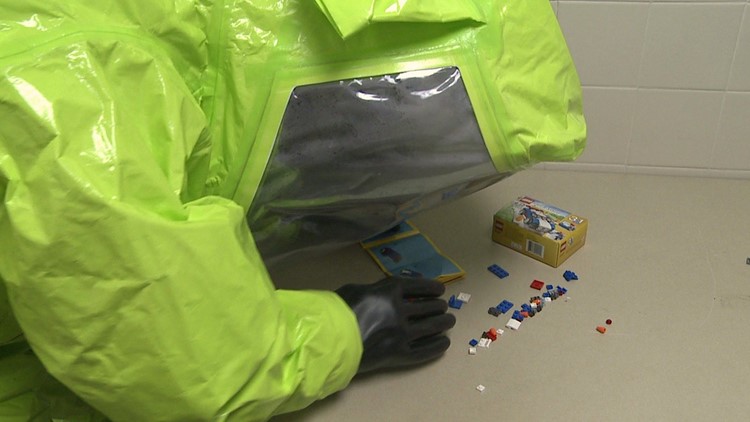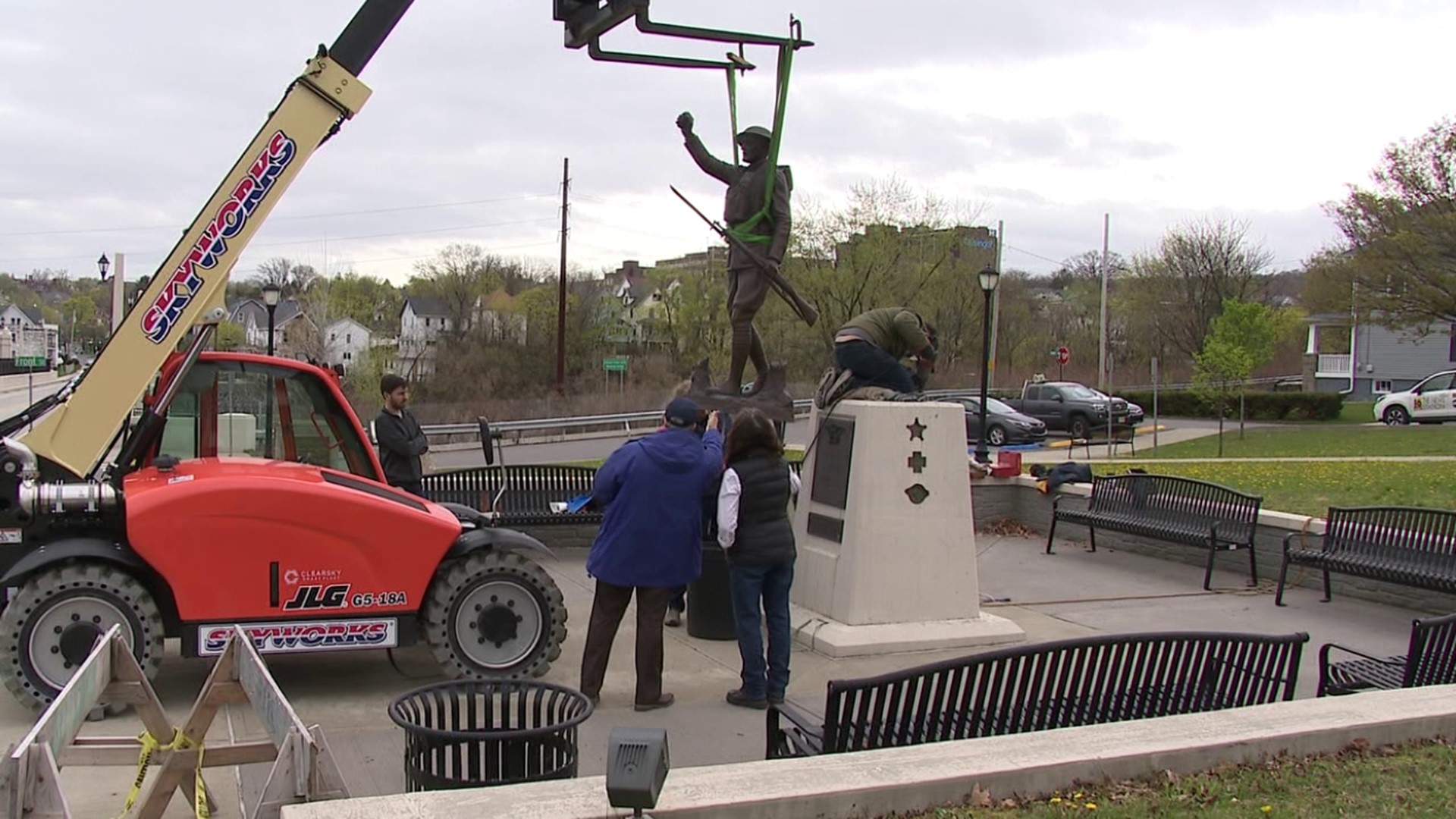SCRANTON -- Some firefighters in our area are getting trained this week in the event of a large-scale hazardous situation.
Scranton firefighters were suited up responding to a hazmat situation, a situation in an 80-hour training course.
Thanks to a federal grant, 19 firefighters from the Scranton Fire Department are going through training to become hazmat team technicians. It's the highest level of response team training through PEMA.
It's something that could be a new resource to this area.
"There's a thousand new chemicals invented yearly. There's all kinds of new hazards that are out there. Times that by all the chemical factors in the research book that we looked, there's nine million different equations that these guys could deal with on any given day," said hazmat trainer C.J. Haberkorn.
"You never know when a situation like this is going to happen."
Mark Schultz has put his life on the line 29 years as a firefighter and admits this training is tough.
"The humidity that builds up in there, the lack of dexterity with wearing those gloves, everything became a lot harder," Schultz said.
Even suiting up is a task in itself.
After wearing a suit for 30-35 minutes, one of the last things these firefighters have to do might seem easy, but it's actually putting together a Lego car set.
"They're getting practice with manipulating smaller items so when they actually have to mitigate in an incident like shut a valve off or something that takes some, you know, some skill level they're going to be able to do it," said firefighter John Judge.
"Not only is the eyesight part difficult, but the dexterity part is difficult too because you're trying to work with these little pieces and have these big gloves on. Not easy to do!" said Scranton assistant chief Jim Floryshak.
At the end of the training, the firefighters will go on to the next phase of hazmat technician training.
"It is training that will save our lives, that will protect the public, and it's great. It's just great," said Floryshak.
The entire training process can take up to one year and is paid for by grants through PEMA.



